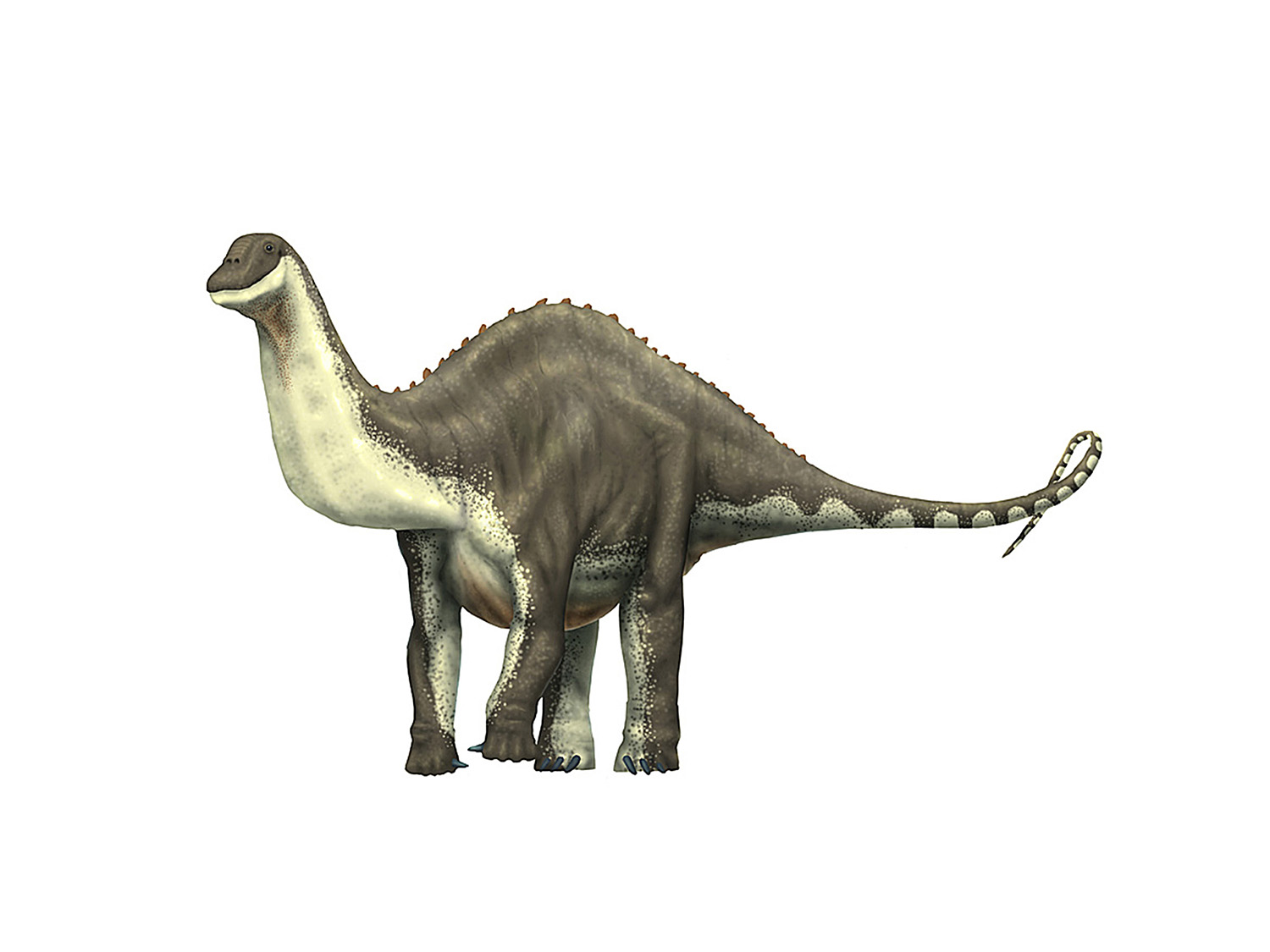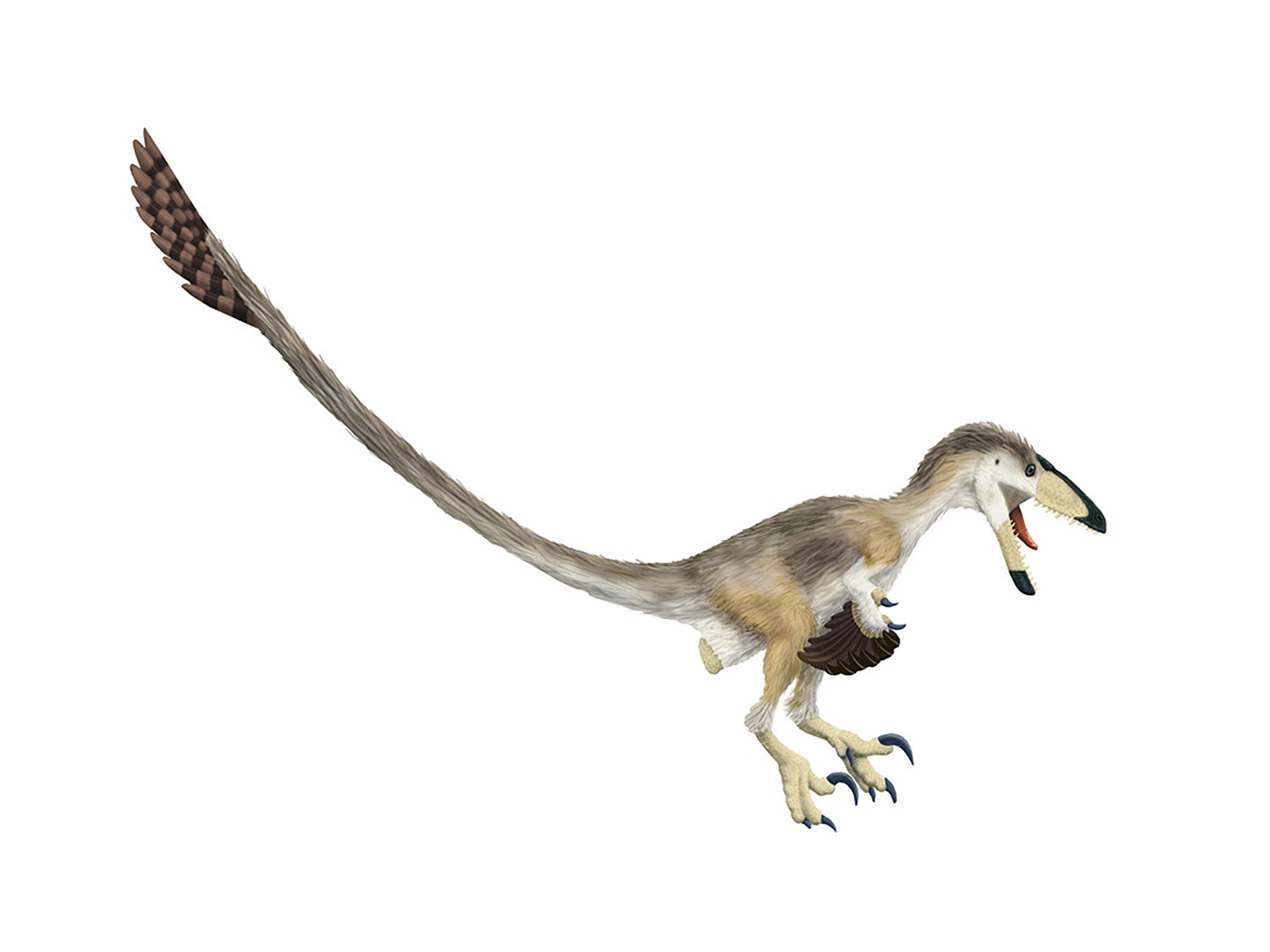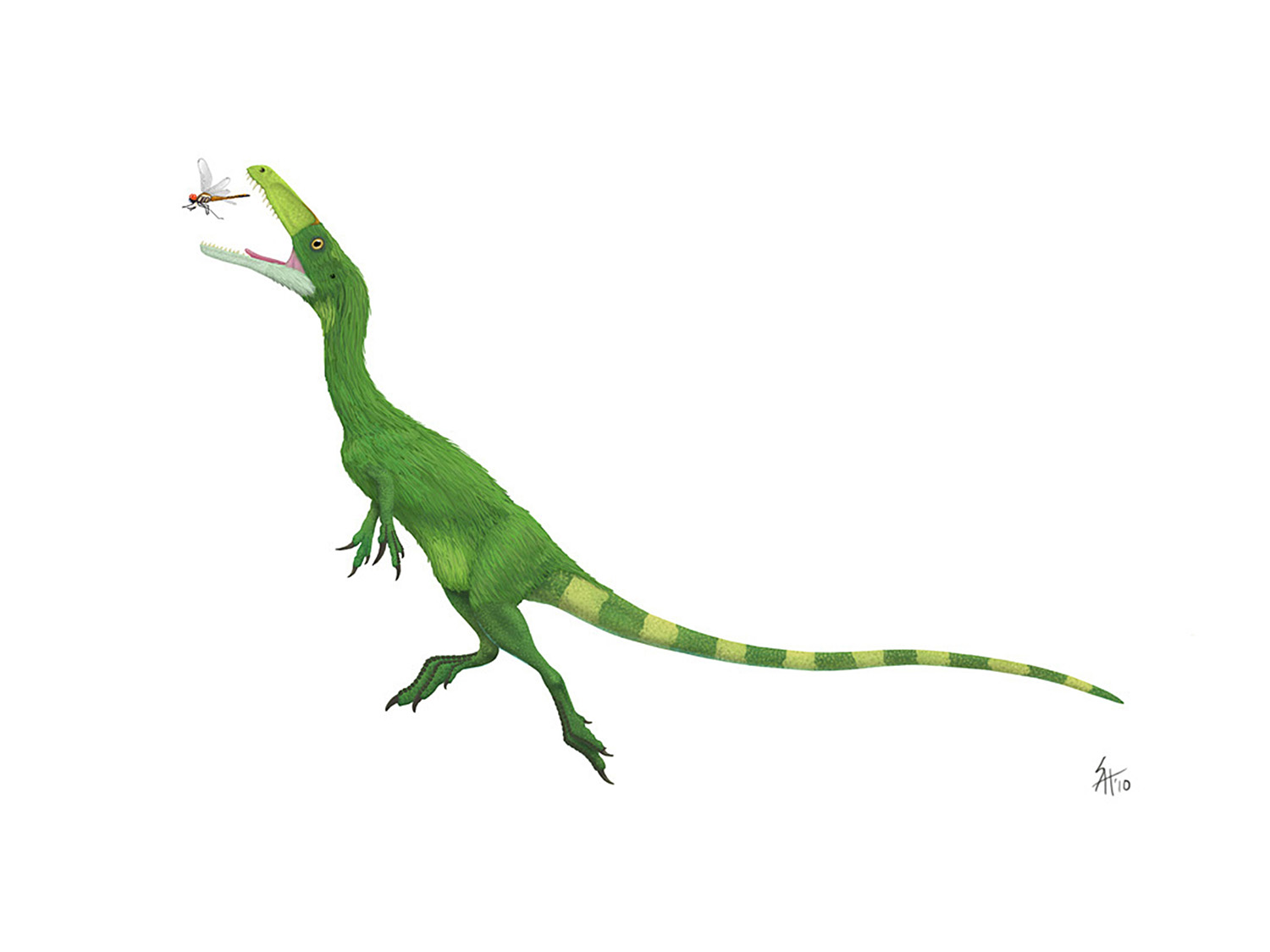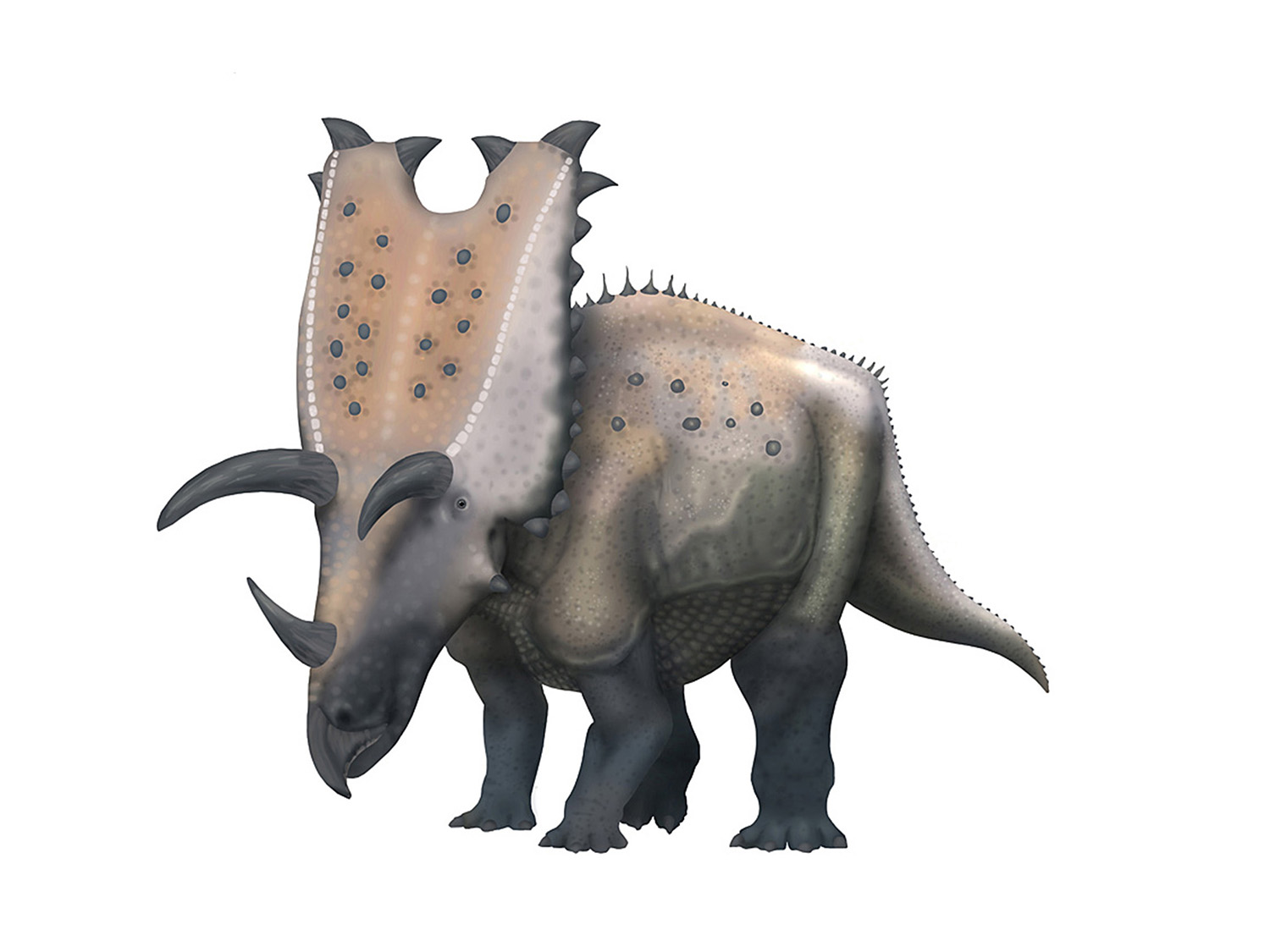Aquatic Spinosaurus - The authors respond
/The skeleton in question, from Ibrahim et al., 2014.
As most of you reading this will know, I've written two posts on Spinosaurus - the first one questioned the proportions of the composite skeleton that recently gained fame through a paper in Science, the second one discussing a photo that has been used for and against those proportions. In the comments section on the second post Nizar Ibrahim wrote a length response, which (with his kind permission) I would like to elevate to a full post. As is often true in these debates there are parts I agree with and others I disagree with, but I will address those at a future date. For now I think it's only fair to give their comments the floor:
Hi Scott,
We are writing to clarify some aspects of the new skeletal reconstruction of Spinosaurus.
It is with a certain sense of surprise that we found out that, a few hours after publication some people thought they had solved all the mysteries of Spinosaurus (without examining the original material that is).
It has been brought to our attention that your “corrected” skeleton, assembled within a day or so of our publication, has suggested to some that the actual reconstruction, based on the fossil material, was “fishy”. That is not the case.
All the bones used in the digital model were CT scanned using the same parameters. The proportions of the digital skeleton are correct, according to our identifications. The new remains come from a site with just one individual (also remember that there are only 2 other associated dinosaur skeletons from the Kem Kem assemblage mentioned in the literature, it’s definitely not the kind of place where lots of associated skeletons are found) and additional remains of the same animal were found at the site on return expeditions, including partial spines, teeth and other elements. Note also that the thin sections we made represent the same ontogenetic stage (that includes the first remains collected and those collected on later expeditions).
In summary we have evidence for one skeleton, one individual, and one ontogenetic stage. One other thing that many people seem to have missed is that Stromer's "Spinosaurus B", almost certainly associated material (see Stromer's account), shows the same axial/appendicular proportions. Several elements of Spinosaurus B overlap with our material – which in turn overlaps with the holotype.
Let’s look at the methods you used in your reconstruction. Measurements are subjective: if you want to compare the anteroposterior length of D8 to that of the ilium you have to take into account the landmarks we used to measure the vertebrae. This detail was omitted from the table legend - we are measuring from rim to rim, not including the anterior condyle. You suggested that the measurements of the hind limb and the pelvic girdle do not match those of the vertebrae: can this be a consequence of the fact that you used different landmarks? This could significantly affect the proportions. Also, keep in mind that the neotype bones have crushing and distortions, asymmetry, etc that were not removed (we wanted to include these imperfections in the finished model). Some of these distortions, for example the medial/lateral crushing/compression of the distal femur, make it look different (narrower) from the less crushed Spinosaurus B distal femur in posterior view (while by contrast the lateral views are very close) – this is relevant to some other posts online that pointed to the more “slender” profile of our femur compared to "Spinosaurus B". Also, in the 3D model, the femur is not hanging straight down - it is angled outward/laterally slightly and so foreshortened slightly in lateral view, making it look shorter.
One other word of caution: too much is being made of photographs of the specimen in Italy, which were taken before the specimens were fully prepared in Chicago (preparation made them smaller by removing matrix at the articular ends), and also before identifications were made to place the bones on the skeleton in different locations than the Italian photo
depicts. Also, some camera angles create distortions. It was a rough draft, but people now seem to be attempting to get data from it...
Copyright Marco Auditore
For an independent reconstruction effort, also see the skeletal reconstruction by Marco Auditore (on the Theropoda blog);
Marco is part of our team and, using the same data set, independently obtained a reconstruction that matches the proportions of the digital skeleton.
We will detail our methods in upcoming papers. Let me just say that we went to great lengths to ensure that the different specimens were sized correctly - we examined the material many times, from the tiniest zygapophyses to the most fragmentary rib pieces. We examined hundreds of bones referred to Spinosaurus, and gathered a surprising amount of
information from isolated elements, some of which overlap with our remains. The “core” reconstruction rests on the neotype and holotype (which are very close in size).
We have also gathered information from numerous specimens of other spinosaurids from Europe and Asia, including unpublished material currently under study; this includes an articulated c2-d4 series of Suchomimus that matches the cervical proportions in Spinosaurus rather well (the neck/skull proportions in our model also take into account Stromer’s material), as well as additional juvenile, sub-adult and adult material of spinosaurids. We also know from several lines of evidence that the vertebrae of "Sigilmassasaurus" belong to Spinosaurus – much of this will be published soon.
We are not saying that our reconstruction is 100% perfect – of course it isn’t, and I don't think this claim has been made by one of the authors - but paleontologists and paleoartists in particular should finally accept that there is no such thing as a "final word" in dinosaur reconstructions, weight estimates and behavioral interpretations. Look at Tyrannosaurus, Quetzalcoatlus or Diplodocus reconstructions and count the number of changes in posture and proportions and interpretations (scavenger, not scavenger, necks held low, necks held up, terrestrial stalkers, fish eaters etc etc). All we can do as paleontologists is present a reconstruction that best fits the available data. And then it is refined as more material comes to light. If we find a long legged Spinosaurus in Morocco, we will tell you, rest assured. But right now we have two associated skeletons with the same proportions. And if we find more forelimb material, we will refine our model if necessary.
We have been very transparent about our approach and have presented strong evidence in favor of our interpretations. The skull of Spinosaurus has "fish eating" written all over it, one of the best matches for the bone compactness profile is a penguin, and we have paddle like feet and a "river of giants" full of car sized coelacanths, giant lungfish, sawfish and many other aquatic forms. Suggesting that Spinosaurus took full advantage of this, and reduced its hind limbs in the way other lineages have done as they spent more and more time in the water is the best hypothesis we have – taken together, all of the evidence suggests that Spinosaurus spent a substantial amount of time in the water. We are working on a monograph that
will include detailed descriptions and more measurements, as well as large amounts of unpublished data. So you will soon have access to more data to inform your beautiful skeletal drawings.
Nizar Ibrahim, Simone Maganuco, Tyler Keillor, Matteo Fabbri.





















